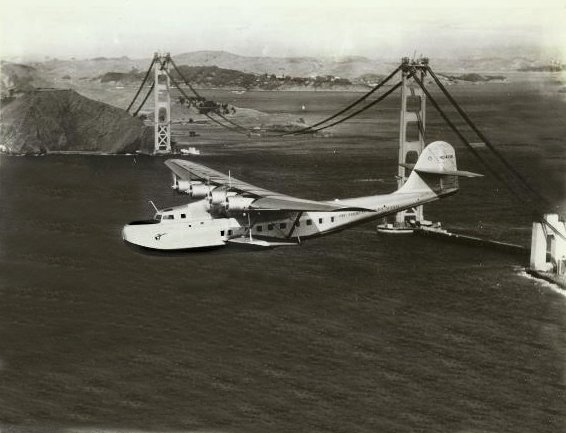The Hawaii Clipper stood as a remarkable feat in the realm of commercial aviation, evoking concern within the Japanese Empire due to its perceived connection to American expansion into the South Pacific and Asia, a concern not entirely unfounded. President Juan Trippe of Pan Am Airways, despite acknowledging Japan’s own territorial ambitions, remained resolute in his plans to connect passengers and mail to far-reaching Asian destinations, facing opposition from competitors, stakeholders, and the Japanese. However, the tragic loss of esteemed pilot “Eddie” C. Musick in a catastrophic explosion, possibly from a fuel tank or fuselage bomb, cast a shadow on the endeavor’s longevity. This uncertainty was further compounded by the Samoan Clipper’s explosion and Hawaii Clipper’s alleged involvement in espionage.

Crafted by the Glenn L. Martin Company in the early 1930s, the NC 14714 Hawaiian Clipper, later named Hawaii Clipper, embodied aviation’s pioneering spirit. Its M-130 aircraft, known as Martin Ocean Transports, took flight on December 30, 1934, resembling the Concorde of its era. Engineered for robustness, safety, and opulence, these aircraft became benchmarks for future aviation endeavors. Only three M-130s were constructed, named Hawaii Clipper (NC-14714), Philippines Clipper (NC-14715), and China Clipper (NC-14716).
The Hawaii Clipper earned distinction as the inaugural transpacific passenger service that generated revenue on October 21, 1936, bridging Alameda, California, and Manila, Philippines. While it experienced a notably incident-free span in the Pacific skies, its journey was cut short on July 29, 1938. Despite commencing innocuously in Alameda on July 23, Flight #229 grew perilous as it approached Japanese-held territories.

Departing from California, Flight #229 carried the Hawaii Clipper and twelve passengers to Honolulu, among them nine highly accomplished crew members boasting impressive qualifications. Pan Am Airways’ reputation for hiring the finest personnel in the aviation industry held true for stewards, pilots, mechanics, and navigators. The clipper left San Francisco Harbor just past 3:00 PM Pacific time and reached Pearl City, Hawaii, slightly past 8:00 AM on the 24th. This non-stop flight of 2,410 miles marked the most challenging and solitary leg from the US to China. After a night’s reprieve in Honolulu, the journey continued, albeit with only six passengers. This select group, joined by the seven-man crew, continued onward to Midway Island and, ultimately, Hong Kong.
The Hawaii Clipper embodied the Concorde’s equivalent of its time, offering exclusive travel to the affluent and privileged. It possibly served as a reconnaissance tool for the US Navy in regions controlled by Japan. This opulent expedition established a level of prestige that many worldwide could merely dream of, an experience reserved for the fortunate few.

.
.
.
.
.
.
.
.
.
.
.
